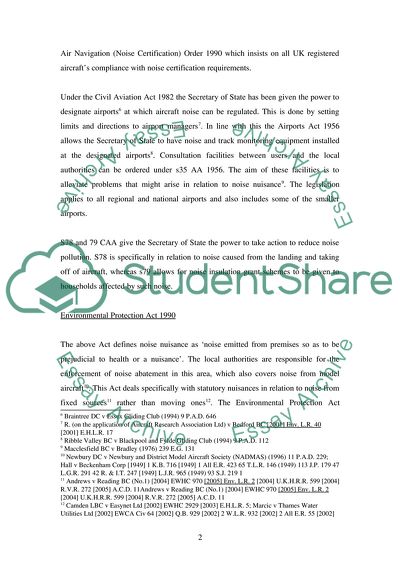Cite this document
(The UK Civil Aviation Acts Case Study Example | Topics and Well Written Essays - 2500 words, n.d.)
The UK Civil Aviation Acts Case Study Example | Topics and Well Written Essays - 2500 words. Retrieved from https://studentshare.org/law/1722106-uk-aviation-law
The UK Civil Aviation Acts Case Study Example | Topics and Well Written Essays - 2500 words. Retrieved from https://studentshare.org/law/1722106-uk-aviation-law
(The UK Civil Aviation Acts Case Study Example | Topics and Well Written Essays - 2500 Words)
The UK Civil Aviation Acts Case Study Example | Topics and Well Written Essays - 2500 Words. https://studentshare.org/law/1722106-uk-aviation-law.
The UK Civil Aviation Acts Case Study Example | Topics and Well Written Essays - 2500 Words. https://studentshare.org/law/1722106-uk-aviation-law.
“The UK Civil Aviation Acts Case Study Example | Topics and Well Written Essays - 2500 Words”, n.d. https://studentshare.org/law/1722106-uk-aviation-law.


